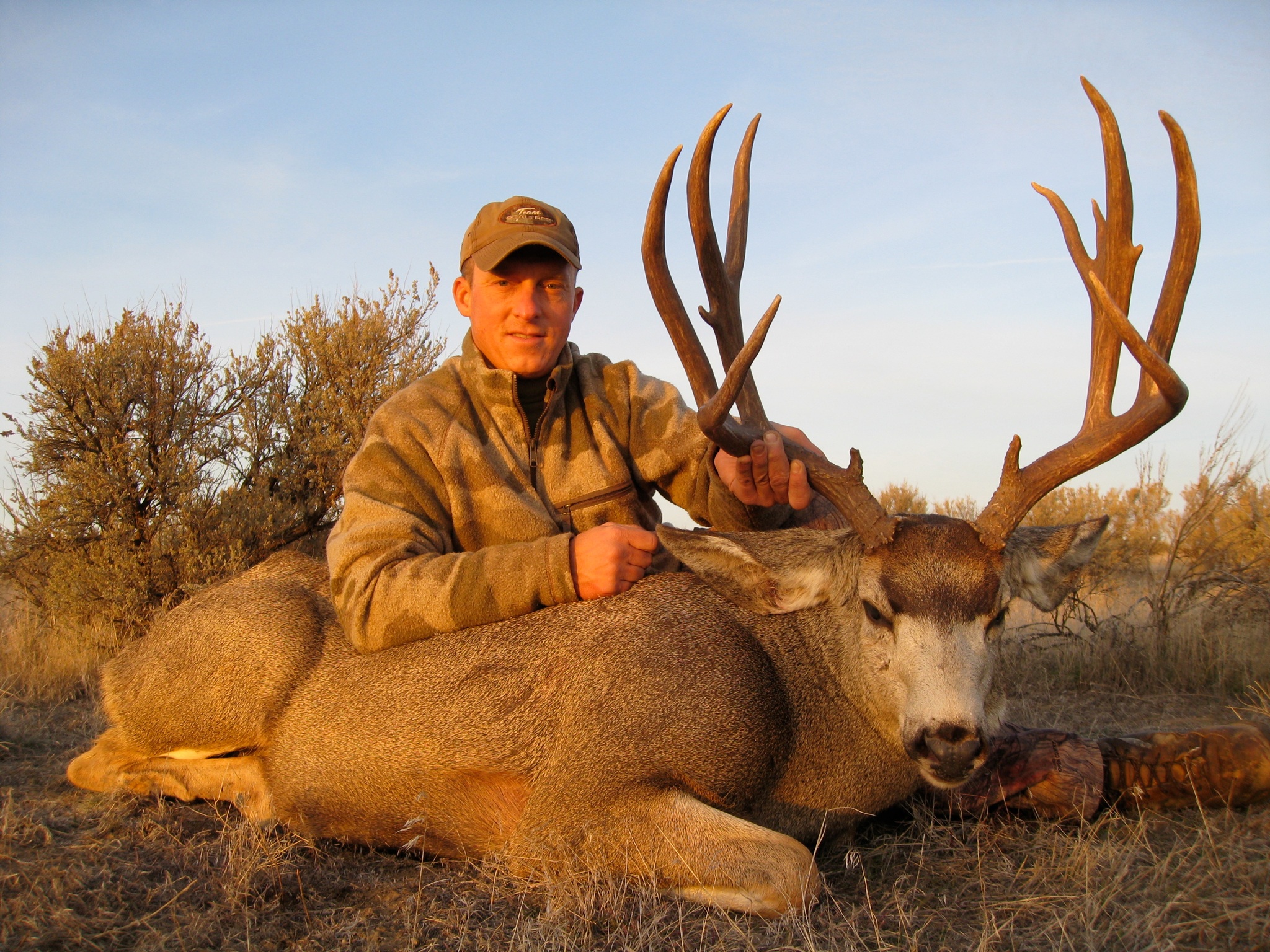Every year, hundreds of hunters place calls to Fish and Game wildlife biologists, seeking information that might increase their odds of bagging a buck or a bull. Fish and Game staff field these requests year-round but calls ebb and flow as various tags become available, and volume typically peaks in the weeks leading up to the fall hunting seasons.
Callers are sometimes trying to decide which controlled hunt to apply for. Or they may have already purchased a tag and want to plan a hunt in their chosen unit or zone. Occasionally, a hunter is brand new and just looking for a place to start. Whatever the motivation, there are a few things a hunter can do to make the most of their conversation.
1. Do your homework before you call
First, study your intended quarry. This may seem obvious, but without some basic knowledge about the game you intend to pursue, conversations about hunting areas will be less productive. Pay close attention to the life cycles and habitat preferences of the animals you’ll be hunting.




